The Brain Chamber » Ancient Civilizations » Page 200
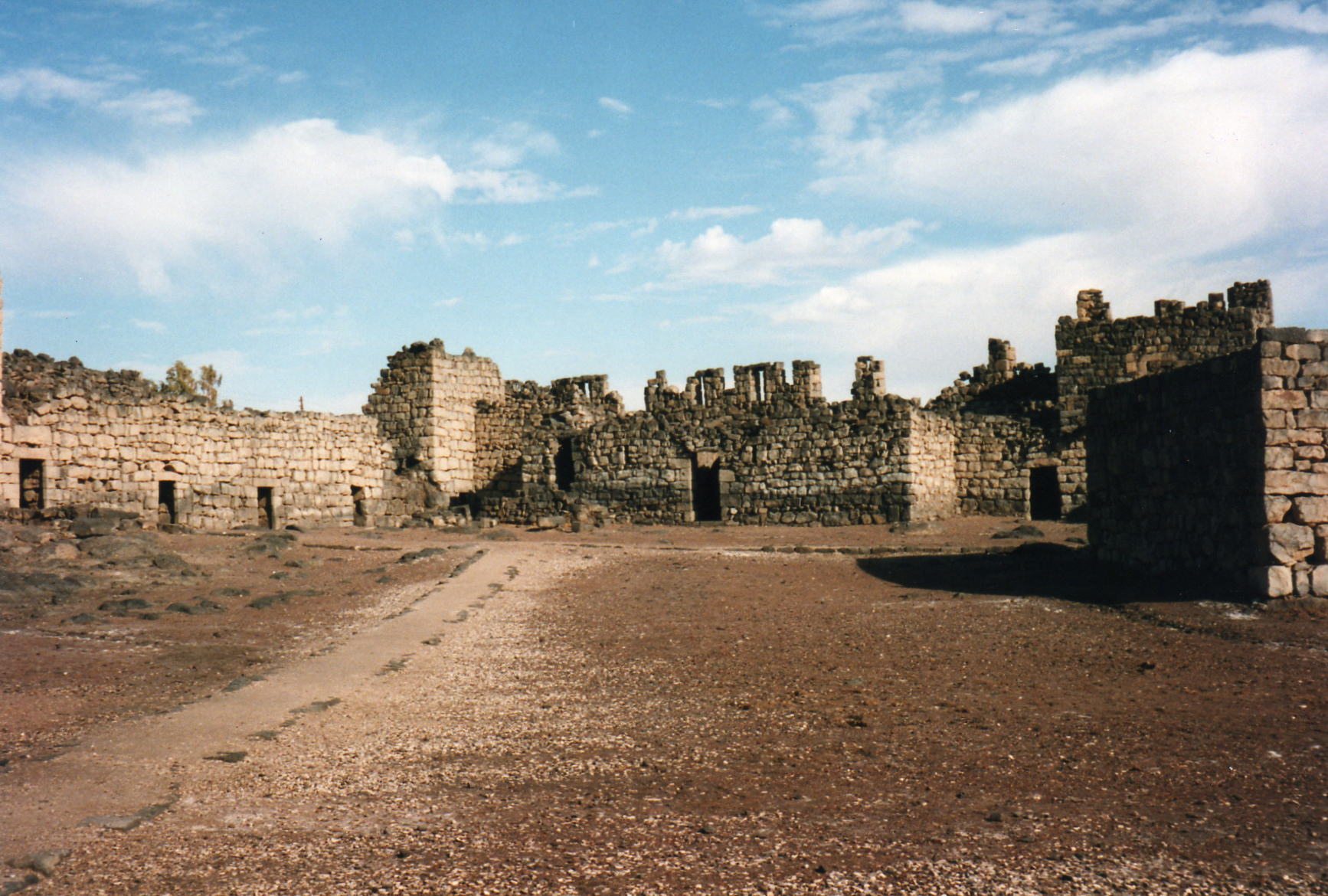
Qasr al-Azraq is a fascinating historical site situated in the eastern Jordanian desert. With origins dating back to the Roman Empire, it has served numerous civilizations over the centuries. Notably, this awe-inspiring fortress was a strategic stronghold for the Ottoman Empire and later a headquarters for T.E. Lawrence during the Arab Revolt in World War I.
Qasr al-Azraq is a strong ancient building made from black rocks found nearby. The doors and walls have lasted a long time. They attract visitors who want to explore and imagine life in the past.

Nut, the ancient Egyptian sky goddess, plays a pivotal role in the Egyptian pantheon. Her arching body forms the heavens, a symbol of protection and motherhood. Nut’s tale weaves through creation myths, where she gives birth to the sun each morning. It sets back into her mouth at dusk, traveling through her body at night. Her story also intertwines with the legends of Osiris, Isis, Set, and Nephthys, her children, who are central to Egyptian mythos.
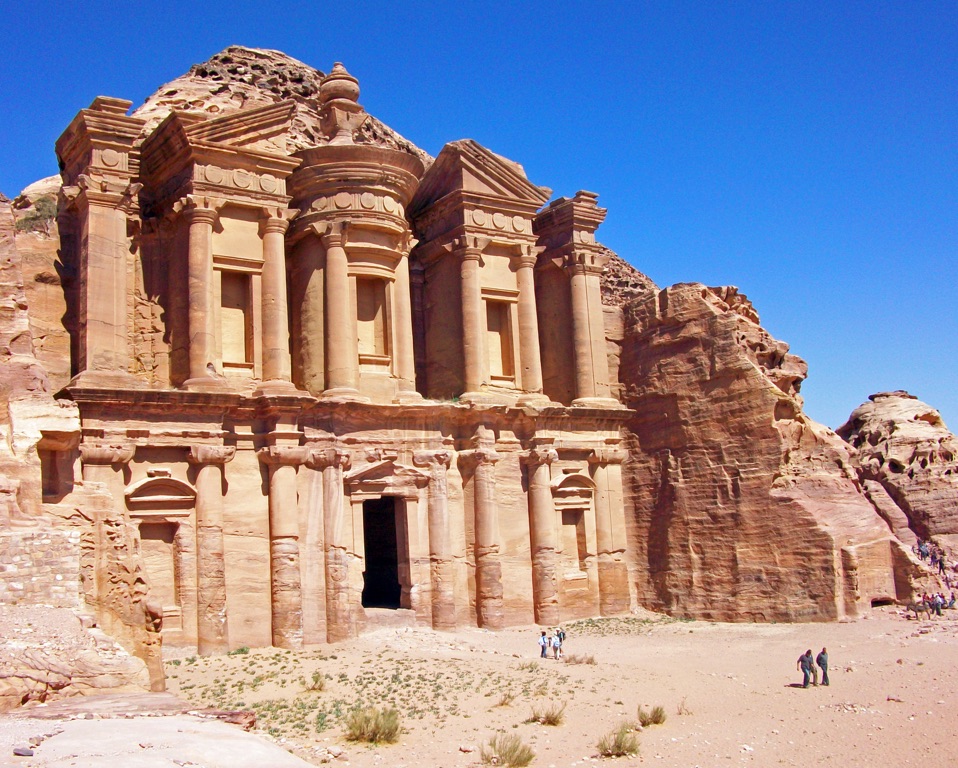
Ad Deir, also known as the Monastery, stands as a monumental testament to Nabatean craftsmanship in Jordan. Carved into rose-red sandstone cliffs, it marks the ingenuity of ancient architects. Built in the 1st century AD, it is significantly larger than Petra’s famous Treasury. It has been a longstanding symbol of Jordan’s rich heritage. Visitors reach it by climbing a steep path that weaves through the mountains, offering breathtaking views. The facade features grand columns and a prominent urn. It serves as a window into the past, where it likely operated as a religious temple or social gathering place.
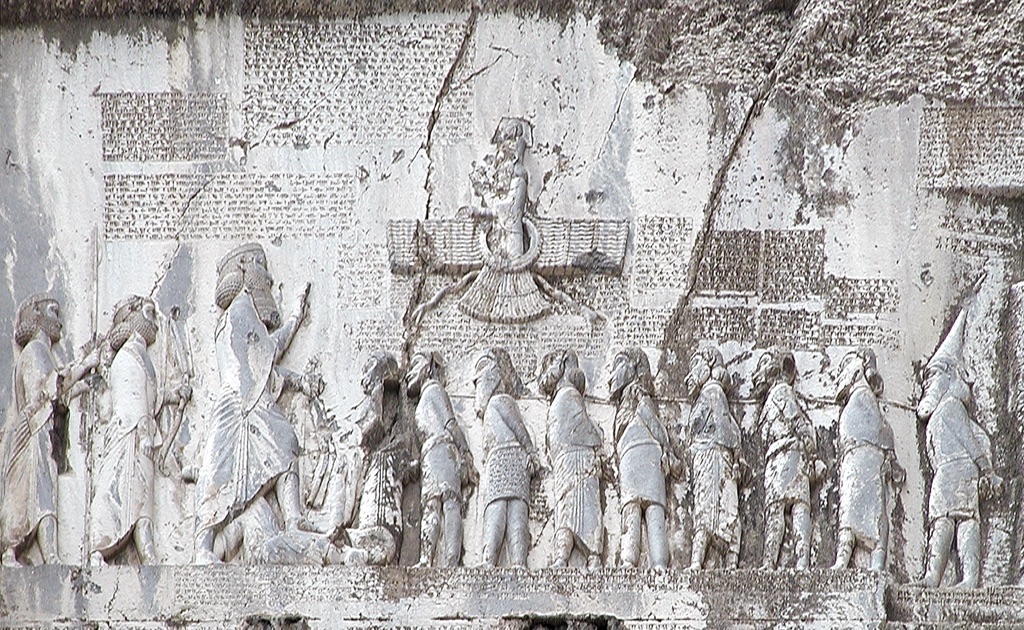
The Behistun Inscription, etched into Mount Behistun in western Iran, stands as a remarkable relic of the ancient world. Carved by order of King Darius I of Persia around 520 BCE, this monumental text shines a light on early writing systems, statecraft, and the Persian Empire. It features three different cuneiform script versions: Old Persian, Elamite, and Babylonian. This not only illuminates the linguistic diversity of the era but also the political savvy in communicating with a broad empire. The inscription’s tale of Darius’s ascension and the quelling of rebellions offers insights into Persian political and military history.
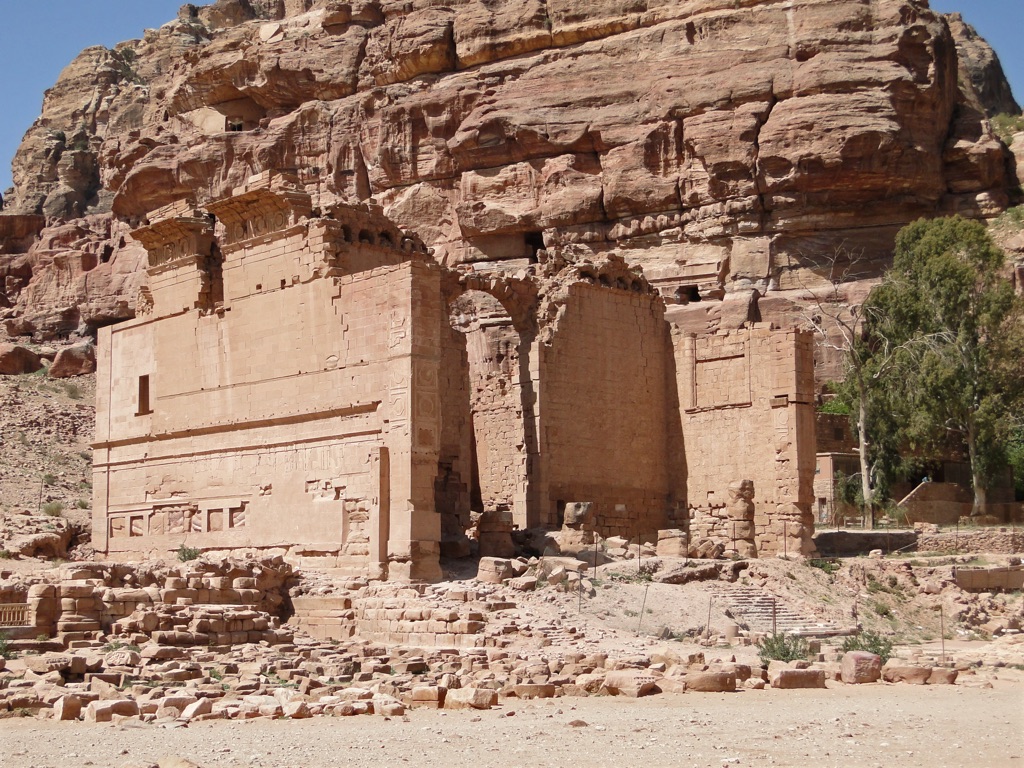
The Qasr al-Bint Temple stands as a testament to the ancient Nabataean civilization. This remarkable site endures as one of the few freestanding buildings in Petra, Jordan, that has largely withstood the test of time. Visitors today can marvel at the temple’s grand façade and the artistry that reflects a fusion of cultures. Once central to religious life, it remains shrouded in mystery, inviting onlookers to ponder its spiritual significance and the ceremonies once held within its walls.
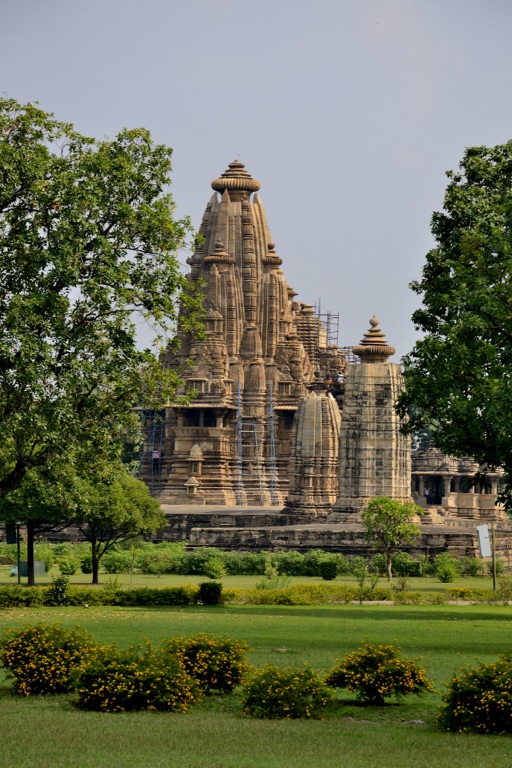
Vishvanatha Temple holds a pivotal place in India’s rich cultural tapestry. This historic site, located in Khajuraho, is famed for its intricate sculptures and architectural genius. It stands as a testament to the unparalleled craftsmanship of the Chandela dynasty. This temple is part of the Khajuraho Group of Monuments, a UNESCO World Heritage Site. It is dedicated to Lord Shiva, revered in a form known as ‘Vishvanatha’, meaning ‘Lord of the Universe’. Tourists from all over the globe visit Vishvanatha Temple to immerse themselves in its sacred ambience and marvel at the artistic splendor that dates back to the medieval period.






